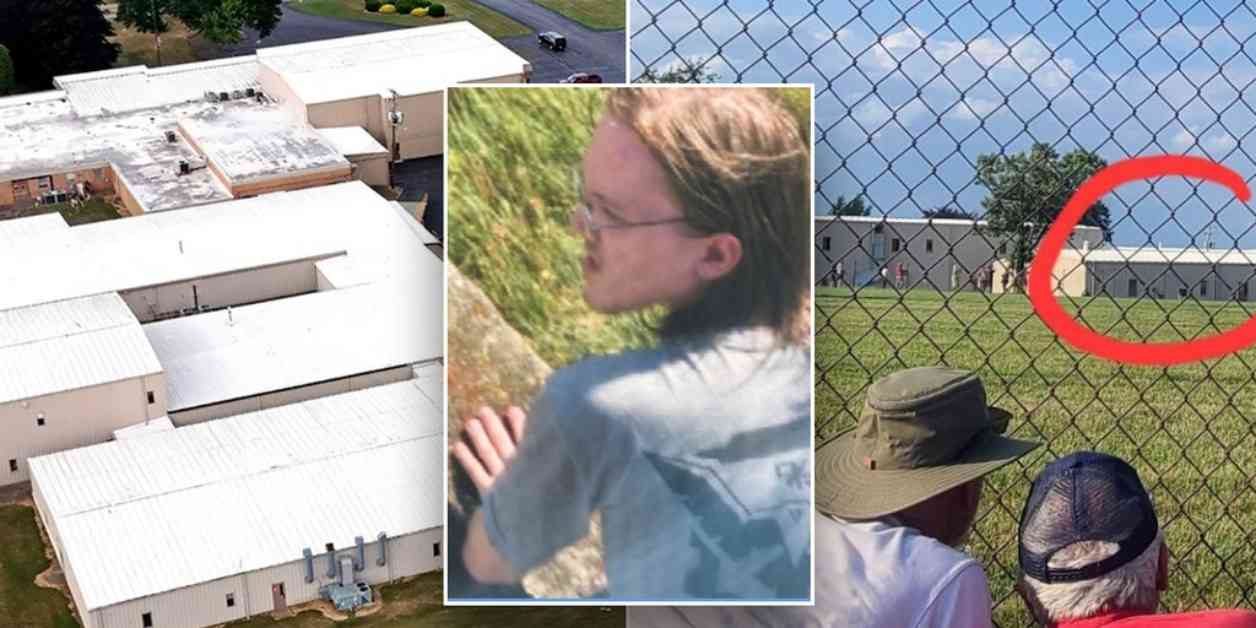The assassination attempt on former President Trump in Butler, Pennsylvania highlighted significant communication failures between local and federal law enforcement agencies. Experts pointed out that poor communication led to the would-be assassin, 20-year-old Thomas Matthew Crooks, evading capture and shooting the former president, killing an audience member, and injuring two others.
Former Secret Service agent Michael Verden emphasized the importance of seamless communication plans during such events. He mentioned that the lack of relayed information about Crooks from local to federal officers was a clear communications failure. Verden also stressed the need for a joint command center where state, local, and federal representatives can share information in real-time to prevent such incidents.
Verden expressed surprise that Crooks, a suspicious individual, was not approached by authorities before the shooting. He highlighted the existence of protective intelligence teams within the Secret Service whose role is to approach any and all suspicious individuals. The absence of such teams at the rally site raised concerns about inconsistency in security protocols.
Former supervisory special agent Charles Marino acknowledged the catastrophic failure in security planning and implementation leading up to the assassination attempt. He also praised the courage and dedication shown by Secret Service agents during the immediate aftermath of the shooting, emphasizing the agency’s commitment to protecting the country.
The events of July 13 underscored the urgent need for improved communication, coordination, and resource allocation within the Secret Service to prevent future security breaches. While the incident in Butler exposed vulnerabilities in the agency’s operations, it also showcased the bravery and professionalism of the agents tasked with protecting national leaders.
Overall, the expert recommendations for enhancing Secret Service protocols include establishing a seamless communication system, setting up joint command centers for real-time information sharing, deploying protective intelligence teams to identify suspicious individuals, and addressing resource limitations to ensure effective security measures are in place. By learning from past failures and emphasizing the agency’s core values of dedication and service, the Secret Service can continue to fulfill its vital mission of safeguarding the nation’s leaders.


